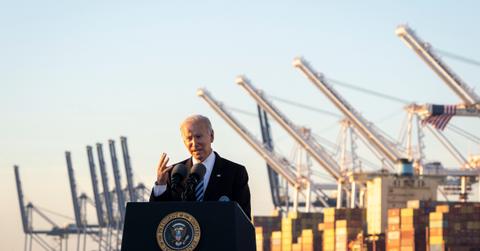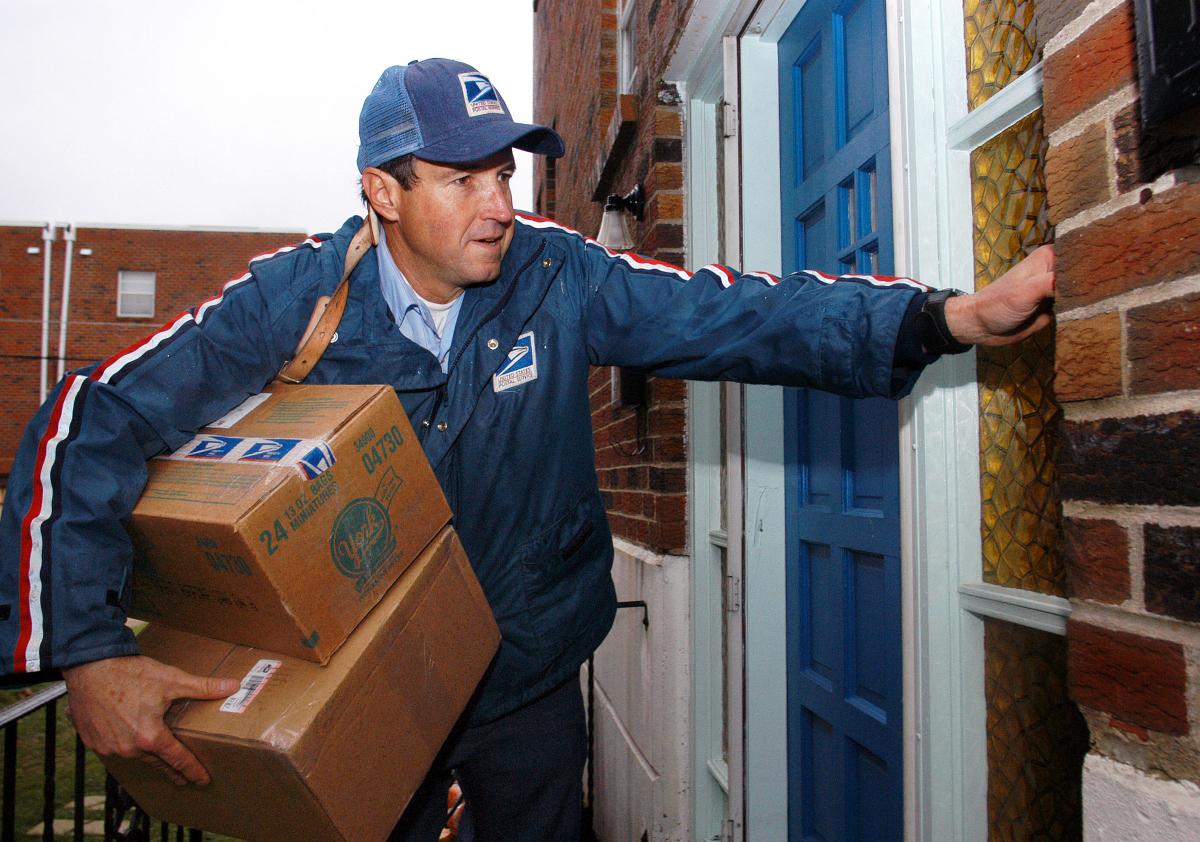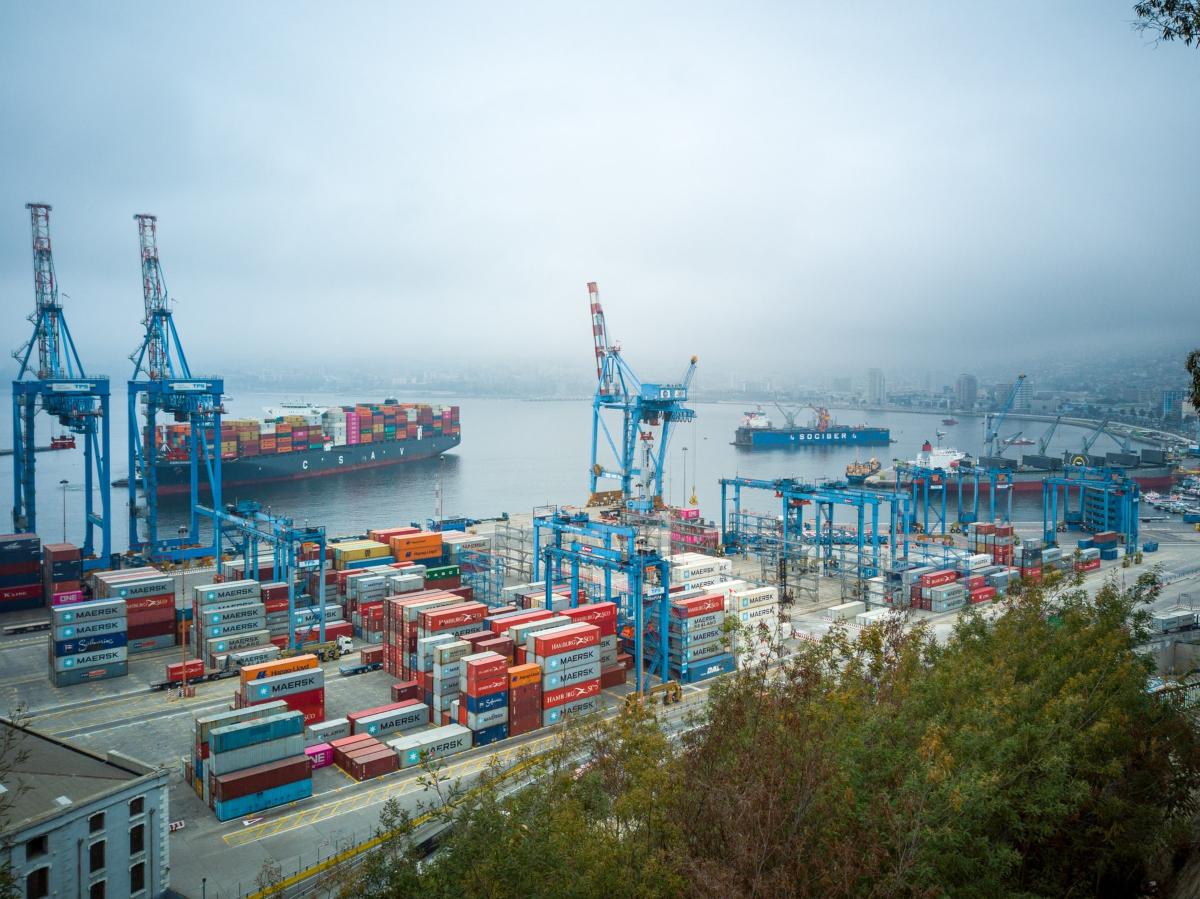Will the Global Supply Chain Crisis Get Worse Amid Omicron?
With the omicron variant of the COVID-19 virus spreading across the world, there are fears that the supply chain crisis might get worse.
Jan. 6 2022, Published 8:17 a.m. ET
In 2021, almost every U.S. company talked about the supply chain disruption during their earnings call. Several international and domestic factors contributed to the crisis. Now, with the omicron variant of the COVID-19 virus spreading across the world, including in parts of Asia that are central to the global supply chain, there are fears that the situation could get worse.
In 2021, there was a shortage of several things. While businesses grappled with a massive shortage of semiconductors and other key raw materials, consumers also found supermarkets shelves empty. The consensus was that things would eventually get better in 2022 as the demand boost dies down and supplies catch up with demand.
Omicron cases continue to surge globally.
The omicron variant has been surging globally, especially in Europe and the U.S. There has been a spike in new cases in India as well. China has managed to control the situation well through its controversial lockdown policy. The country shuts down the entire city if a single case is reported.
The Biden administration hasn’t imposed many restrictions despite hitting a record of 1 million daily cases. That’s the highest single-day spike reported anywhere across the world.
The supply chain situation improved in December.
The supply chain situation in the U.S. showed signs of improving in December and the Institute for Supply Management’s PMI (purchasing managers’ index) survey revealed that the delivery times index fell to 64.9 in December compared to 72.2 in November.
“Supplier delivery rate improvement was indicated by the Supplier Deliveries Index softening in December. Transportation networks, a harbinger of future supplier delivery performance, are still performing erratically; however, there are signs of improvement," said Timothy Fiore, the chair of the ISM Manufacturing Business Survey Committee.
Omicron could impact the supply chain situation.
The omicron variant is far less lethal than the delta variant in terms of hospitalizations and deaths. However, in absolutes, 1 million people in the U.S. getting sick daily and moving out of the labor force could impact the supply chain situation.
The CDC has lowered the quarantine period to 5 days and hasn’t added mandatory testing. The agency has advised those infected to wear masks for five days after the quarantine. The CDC has also taken cognizance of the massive disruption to the economy that the omicron variant could cause.
Meanwhile, there are already signs of strain on the supply chain and the omicron variant will the driver shortage worse in the U.S. “2022 is shaping up to be another year of severe disruption, under supply and extreme cost for cargo owners,” said Simon Heaney, an analyst at maritime research consultancy Drewry.
A lot of drivers, who are crucial for inland deliveries, are voluntarily deciding to stay away from work. The situation isn't limited to the U.S. Parts of Europe are also witnessing a similar trend. The same holds for workers on ships that transport goods from one country to the other. The frequent changes in quarantine and lockdown norms have made some drivers and ship workers wary of returning to work.
For now, the situation seems to be under control and most experts expect the omicron wave in the U.S. to peak by the end of January. However, one thing the virus has taught us is that we can never be certain. Just when we thought that the global supply chain situation would normalize in 2022, the omicron variant has complicated the situation.



